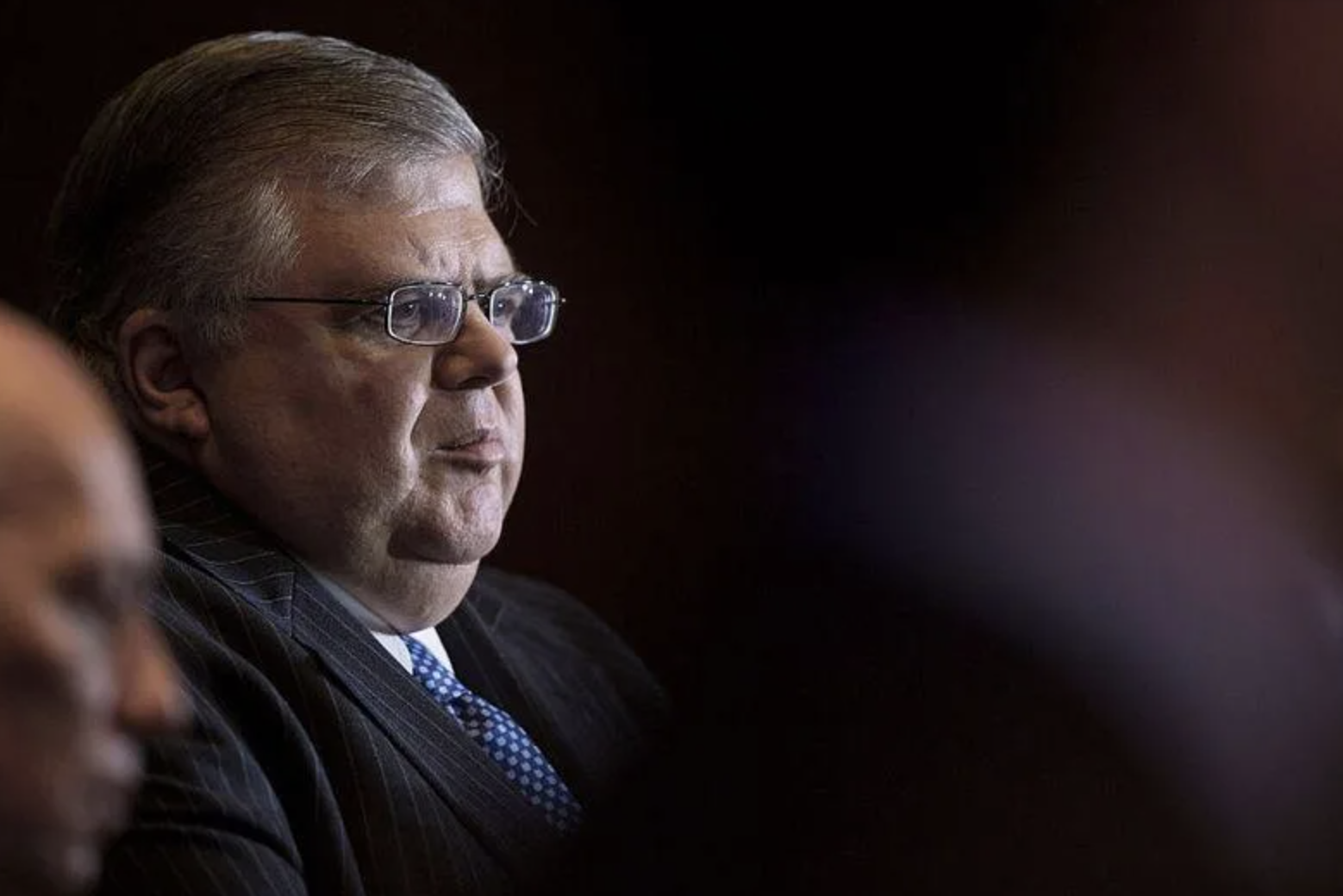Central banks are the institutions best placed to provide trust in money in the digital age and will continue to be, according to Agustín Carstens, general manager at the Bank for International Settlements, an umbrella group for the world’s central banks.
“The soul of money belongs neither to a Big Tech nor to an anonymous ledger,” Carstens said. “The soul of money is trust.”
Mr Carsten’s statement above negates the possibility of a third option; And that third option is what VOW seeks to provide.
The third option is a new type of economic system which has no central issuer, but still maintains price stability relative to an external currency. It is an idea which will help businesses bounce back from Covid and incentivise keeping money local.
This ecosystem is built around VOW, a free floating digital asset on exchanges, which can rise and fall in value like all other digital assets. VOW is used to mint vCurrencies, which are fixed value digital discount vouchers denominated in a fiat currency, i.e. v$1 off, v£1 off, v€1 off.
Because a little VOW is required to be staked by retailers who wish to issue vCurrency digital discount vouchers the VOW circulating supply is contracted by each retailer who joins the ecosystem, and demand on VOW is also increased.
vCurrencies are many things to many people, yet if you’re looking to distill the core of the VOW proposition, you will be able to discern it in that which follows.
Historically, discount vouchers have been issued by retailers around the world in order to drive custom and/or repeat business. Typically, in order to reach a mass market, these vouchers are printed in newspapers, magazines or handed out on flyers in their millions.
One day, I wondered what value, if any, these millions of vouchers had?. I came to the inevitable, and inescapable, conclusion that they do not have any objective value at all. After all, 90% of them probably will never be used. But this assessment seemed counter-intuitive. It seemed limited in scope. Surely these vouchers all represented some kind of “non realized” value? **Could this value be captured?**
If Pizza Hut (for example) were to print one million $10 off vouchers, and give them out in the streets, has it actually cost Pizza Hut $10,000,000 to do so? – Of course not. However, what is important to note is that Pizza Hut, in this example, would have generated a circulating percieved value in the local market of $10,000,000.
And this perceived value, or non-realized value, is created by Pizza Hut’s promise to accept back the vouchers it has distributed, **as a discount,** against its own products and services.
A “Vow” of acceptance, if you will.
The $10,000,000 of discounts is, of course, not stored value in the sense of prepaid cards or e-money, because there is no underlying value. No prepayment of cash, or promise of cash redemption ever made.
Each voucher is literally an instrument of negative value.
The moment one of these vouchers is actually presented at Pizza Hut, this negative value crystalises as a saving for the consumer, and Pizza Hut reduces its product price by $10.
Vow’s plan is to bottle (tokenize) this non-realized, negative value which all businesses issue, make it fungible, and therefore tradeable.
Imagine the value of discounts that are issued each year and how they are tied to commerce.
This is the value that VOW aims to absorb into itself.
As more and more merchants join the network, this creates what we refer to as the “Decentralized Backstop” – the third option described at the start of this text.
For the first time ever, a pegged value currency can exist without a centralized issuer, central bank, government or big tech company. All merchants in the economy issue vCurrencies denominated in their local currency i.e. v$1 off, v£1 off, v€1 off, and Vow to accept them back as $1 off, £1 off, €1 off.
These vCurrencies as we call them, are essentially negative value vouchers backed by nothing more than a group of retailers Vow’ing to accept back everything they issue, at the value it was issued, not as stored book value, but as a DISCOUNT against products and services.
Where the system gains its strength is as individual retailers issue vCurrency their very reputations of re-acceptance secure the network.
In our Pizza Hut example, if it were to issue a voucher – It’s obviously going to accept it back, or its customers would be very unhappy. This is exactly the same with vCurrencies – but on a community basis.
The winning formula
In the VOW system, the voucher that, in this example, Pizza Hut accepts back as a $1 off discount, does not die. It can be used by Pizza Hut again in any other participating business in its supply chain to claim $1 off. Once this core point is understood, it will change your concept of value completely.
Please read our white paper for more information.
A team of international payments, loyalty and crypto experts have been, and are being gathered. Rarely has a commercial use case for crypto been so clear. All cashback company or loyalty organisations are invited to exchange their reward currencies to Vow currencies and enjoy 80% increased margins, whilst saving their retail partners 80% on their current costs.
Vow has obtained a specific consent from the Jersey Company Registry, part of the Jersey Financial Services Commission (the “JFSC”) to issue the Vow token and country specific tokens. Whilst the JFSC’s consent does not give the Vow token or Vow Limited a ‘regulated’ status (and the JFSC does not classify these tokens as “securities”), it mandates a set of conditions designed to ensure that Vow Limited meets specific standards in terms of governance, investor disclosure and AML/CFT compliance.
